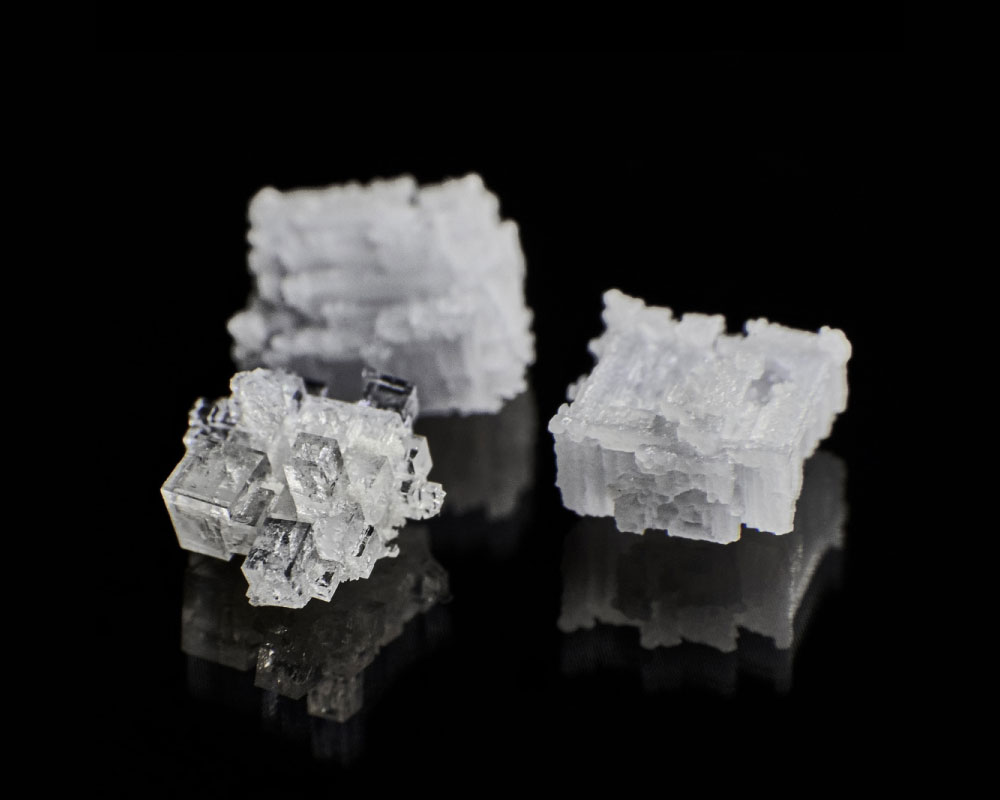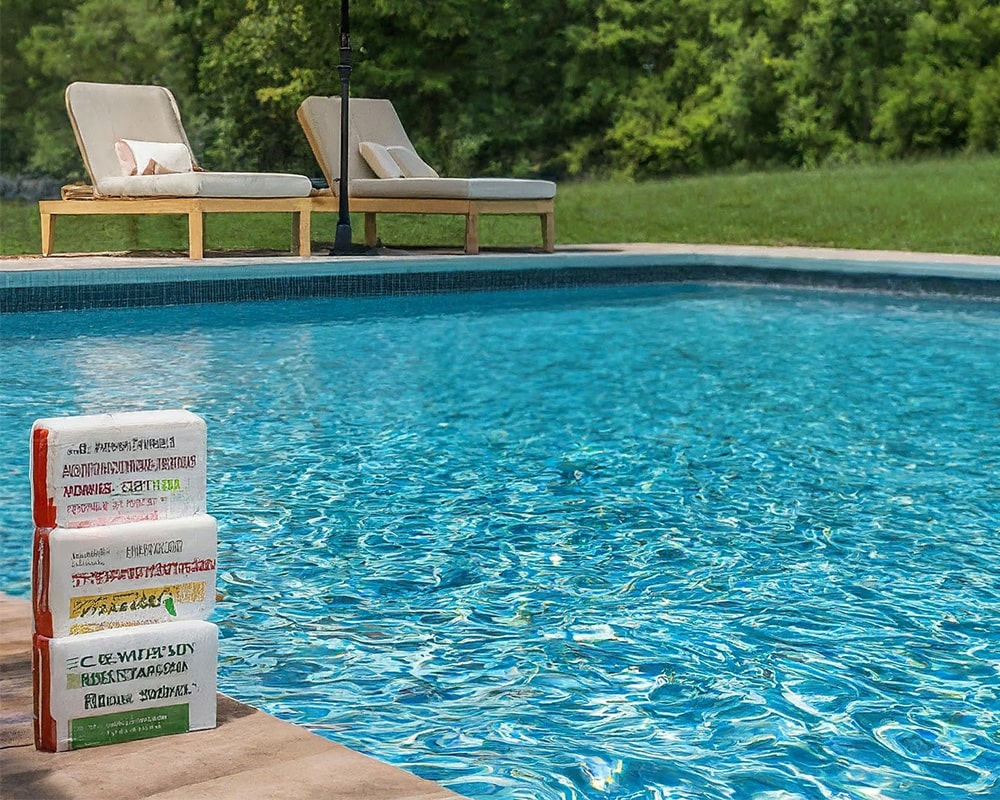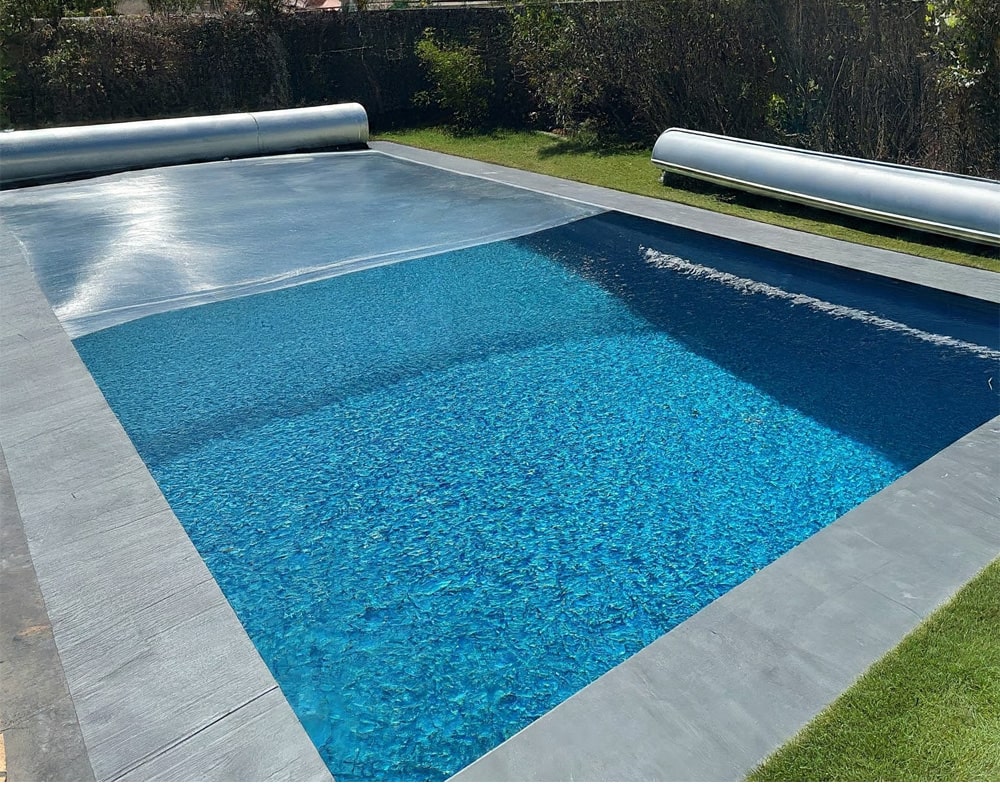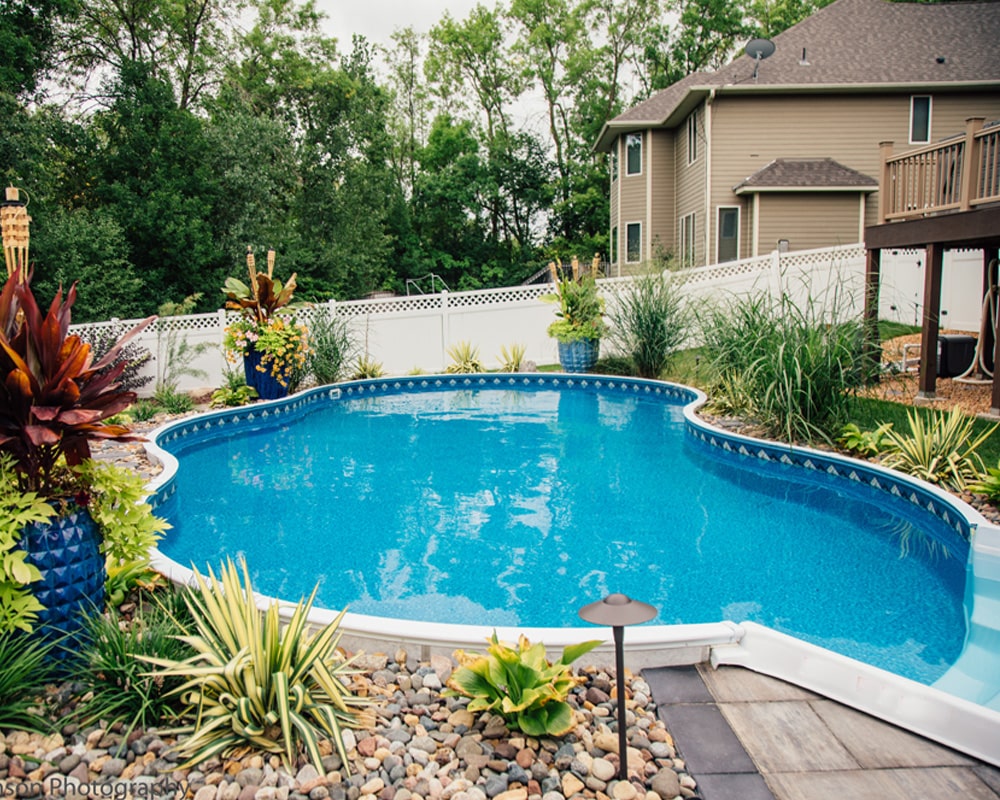Should You Own or Switch to a Saltwater Spa?
Posted: February 25, 2022
After selling hundreds of spas over the years, we have become familiar with many different spa water sanitization systems and while they all have their own pros and cons, some are clearly superior to others. But what about saltwater? Perhaps you already own a pool with a saltwater system and enjoy it so much you want to do the same for your spa, or perhaps you’ve just heard about using a saltwater sanitizing system and wanted to know what all the fuss was about. Let’s explore the technology of salt chlorination and how it works in a spa.
Let’s start out by getting some common misconceptions about saltwater out of the way. Firstly, a saltwater spa is still a chlorine spa. You may be using a fancy salt generator to do all the work for you, but it is still using that technology to create your spa chlorine. Secondly, a saltwater system is not “maintenance free”. For the most part, a salt system will require you to do just as much maintenance work as any other sanitizing system. Thirdly, a spa salt system is going to be different from a pool salt system and will require different care, but more on that later.
What Is a Saltwater Spa System and How Does It Work?
Saltwater sanitizing systems use a process called “electrolysis” to turn dissolved salt into chlorine or sodium bromide, generating the sanitizer for the spa. A salt “cell” is used to accomplish this and overtime will need to be replaced, usually on an annual or semi-annual basis. Chlorine generation can be manually increased or decreased depending on the level of chlorine present in the water.
Salt Systems: Pool vs Spa
A lot of pool owners have salt pools, and this can lead to those same people assuming a salt spa will be the best choice for them as well. While a salt spa could certainly be a good investment for some, there is a good bit of difference between pool and spa salt systems that could make it worth reconsidering.
The main difference between salt systems used in pools and spas is due to the difference between the pools and spas themselves, mainly being temperature and volume. Your typical spa at 400 gallons is going to be much smaller than your typical pool at 10,000-20,000 gallons, and with less water you are going to have a higher concentration of contaminants/organics which means burning through sanitizer at a much faster rate than a pool. This difference in volume also means it is much trickier to keep your spa chlorine level balanced. If you accidently leave your pool salt generator running over a few days, you are going to have much less of an issue than if you left your spa salt generator running.
Spa water is also kept at a much higher temperature, usually around 104°F (40°C). This higher temperature causes the human body to produce more sweat and organics, which will also be more taxing on your sanitizer. Lastly, open pools let the sanitizer vent and release their corrosive gas into the air instead of hanging around inside the spa where the cover is closed most of the time.
So, between a spa salt system and a pool salt system, your spa salt system will:
- Burn through sanitizer at a much faster rate, often requiring the spa owner to top-off with extra chlorine
- Over time cause damage to the spa/spa components via built up chlorine gas.
- Require more careful balancing due to less water resulting in less margin for error
Salt Systems vs Traditional Chlorine Systems
When comparing a salt system to a regular chlorine system, there are a good number of pros and cons. Let’s break it down.
Pros
- Soft & gentle water: Salt raises the buoyancy of the water, making it more relaxing to float and soak in your spa, while the lower chlorine concentration keeps the water soft and more gentle on your skin.
- Reduced chlorine odor: Salt systems prevent the buildup of chloramines, which are responsible for the unpleasant chlorine smell.
- More stable chemical levels: The salt in the spa water will act as a buffer for the chemical levels and reduce fluctuations in water chemistry.
Cons
- High startup costs: A fancier chlorine system means more money up front, oftentimes $500-$5000
- Salt cell replacements end up reducing any savings gained from chlorine generation. While salt systems can be cheaper to run vs adding chlorine manually, most of these savings end up going towards replacing the salt cells every 2-5 years.
- Corrosion: Salt is naturally corrosive to metal, causing salt spas to be more damaging to your heater, underwater lighting, and other metal spa components.
Should You Use a Spa Salt System?
At the end of the day, there are many different points you will need to consider when trying to decide between a salt spa system or a more traditional approach. Is the added upfront cost of the salt system worth the ease of maintenance and increase in water comfort? Or does fiddling with the settings on the generator and worrying about corrosion give you pause? Here at Performance, we are of the mind that the cons of the salt system just slightly outweigh the pros, especially when you can get many of the same benefits of salt with an alternative chlorine system that doesn’t have many of the negatives (The @Ease system comes to mind). Whatever you choose, Performance is more than happy to help you along your spa journey with advice, water analysis, and chemical offerings to suit your specific needs.



